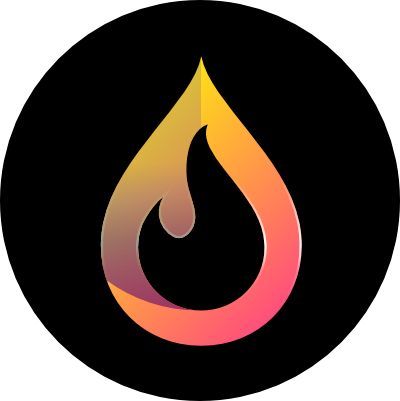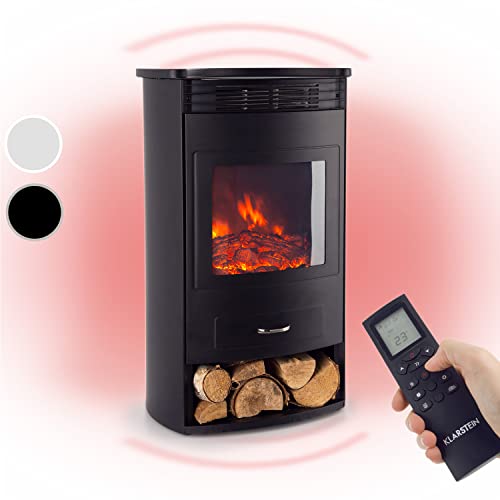10 Startups That'll Change The Fireplace Industry For The Better

Kathryn
2025-02-11 20:32
11
0
본문
 What Are Fireplace Accessories?
What Are Fireplace Accessories? Many homes have fireplaces wooden that provide warmth and comfort throughout the day and all night long. They also add beauty and value to the home.
Many homes have fireplaces wooden that provide warmth and comfort throughout the day and all night long. They also add beauty and value to the home.Homeowners can complete some of these projects regardless of whether your fireplace requires a facelift or some easy repairs. However, certain tasks that require gas service must be left to trained professionals.
The Hearth
The hearth is a non-combustible surface that covers a fireplace or wood-burning stove. It could be a elevated area or just the foundation upon which the fireplace is set. The term "hearth" is commonly used to describe the entirety of the fireplace including the firebox, the floor and mantel, as well as the chimney. It is crucial to remember that there are specific ethonal fire safety regulations concerning the design of the fireplace and its accessories. Check with your local governing authority for more details.
Hearths are typically constructed of brick, stone or cement. They can be an important focal point in any room. They are designed to protect against accidental fires that could be caused by stray embers or even logs. They also provide a space to store fireplace tools such as wood, tools and other equipment.
Archaeological studies have shown that hearths were crucial to early human life. Many people believe that hearths provided food, light, warmth, and protection.
A hearth can be a source of serious health issues if it's not properly maintained. Smoke inhalation raises blood levels of nitrogen which blocks red blood cells from delivering oxygen to the tissues (methemoglobinemia). At high levels, Wall Fires it may cause nausea, dizziness, and loss of consciousness.
Hearths were once constructed from rock but they are now often made of brick or concrete. They come in a variety of shapes and sizes. Some cooking fireplaces have hearths that are able to cover the entire wall electric fires (mouse click the following website page) and others are smaller and purely decorative pieces that only cover the fireplace's opening. The material used in the construction of a hearth has a great impact on its appearance and cost as well as heat resistance.
The Surround
A fireplace surround, also known as a "mantel", is the frame that sits above the hearth that adds to the atmosphere of a room. It is not just visually pleasing, but also functional as it keeps combustibles away from the flame and redirects heat back to the space. It can also serve as a shelf for household items such as mirrors or paintings.
Depending on the type of fireplace, there are several material options for the surround. Some are non-combustible while others must meet the national and local bioethanol fire codes regarding clearance distances from combustible objects.
Popular choices for the surround are stone, brick or concrete. Some stone surrounds are carved with decorative features like bevels or bolection moulding. The stone surrounds could include plinths or cornices. These elements can give a home an elegant design that matches the style.
Plaster is a different option. It can be made from a mix of cement and sand, and it is then finished to match any architectural design. For instance, a plaster surround can complement a Mission-style house.
The final option for an interior fireplace surround is tile. Tiles are available in a variety of colors and designs. It can be used as a decorative element to the surround, or spread across the entire wall for an impressive focal feature. Tile is also a good option for homes that have modern or contemporary styles.
The surround is one of the first things people notice when entering a living space. It is important to select an item that sets the mood for your space and enhance the value of your home.
The Firebox
The firebox is an area behind the tabletop fireplace's opening where a fire can be constructed and maintained. It's usually surrounded by a kind of chimney to allow the smoke to escape through. These traditional structures typically burn wood, but some may also utilize gas, such as natural gas or propane.
Whatever fuel you are using the firebox is the place the location where the combustion takes place and must be maintained for safety and efficiency. The firebox consists of several important components. This includes the grate, the fire poker, and the air damper.
It is essential to clean your fireplace regularly. This includes maintaining the firebox in good condition and the lining. Because it is constantly exposed to high temperatures, the inside of the fireplace will be covered in soot and ash that need to be removed. To accomplish this, use a wire brush or a scraper to take off the caked-on ash and soot.
It's also a great idea to utilize steel slag or steel to line the inside of the firebox to ensure longevity and durability. These types of metals resist corrosion and will not rust. They also provide more even heat distribution and will last longer.
Finally, you can add some visual flair to your fireplace by adding decorative fire logs or lava rocks. Some people prefer modern decorative glass instead. Make sure that the fireplace you use is UL rated. This includes the fireplace as well as any other accessories and decorations you add to it.
The Burner
Burners are a great way to add warmth and beauty to a space. They come in various sizes and shapes, making it easy to locate the ideal burner for your home. Some have remotes, so you can control flames from any location in the home. Fire burners can be used indoors or outdoors, since they are safe.
There are a variety of burners, Wall Fires each having their own pros and cons. Some are more expensive than others, but they all provide a variety advantages for your home. Some are safer than others, and a few can be used with or without chimneys. Regardless of which kind of burner you pick be sure to follow the directions provided in the manual for the product. This will ensure that the burner is properly installed and is in compliance with all state and local laws.
While burning wood is the most traditional way to enjoy an open flame, it's not always the most practical. The smoke and soot generated by burning wood could be dangerous to your family members and yourself. Ethanol burners release water vapor, and very little CO2, making them more sustainable.
A fireplace can also be helpful in the case of a power outage. In winter, trees may be weighed down by the weight of snow and ice, leading them to fall and power lines to fall below. If the electricity in your house goes out, you can use a fireplace to keep warm and cook food. This is a major plus for homeowners who wish to be prepared for the unexpected.
The Flue
The flue is an inside tunnel in a chimney, which carries the gases and smoke from your fireplace to your home. It's also a key element of a safe and effective fire. A flue creates an updraft that pulls air through the fire, allowing fuel to burn fully and reduce smoke.
The drafting mechanism of the flue keeps the hot gases produced by the fire from leaking back down into your home, and instead carrying them outside, where they can cool. This controlled venting prevents carbon monoxide.
Inspect your chimney on a regular basis for any leaks or blockages. The flue pipe, which is a steel tube or duct that runs through the middle of the chimney, must be cleaned with special cleaning equipment and chemicals. The metal brush, a drill with brick bits, and masking tape are required to get rid of any soot or tarnish that has been stuck on the walls of the chimney flue pipe.
Shut off the flue when not using your fireplace to prevent conditioned air from escaping. This also prevents wind or rain from getting into the fireplace and causing damage to your gas or wood stove furnace.
The damper, located near the bottom of the flue pipe or flue tiles, and at the top of the fireplace can be opened or closed with a latch or handle. The damper is designed to keep a fireplace's flue clear when the fire is burning. However it should be closed when the fireplace is not in use. This can help you save energy costs.

댓글목록0
댓글 포인트 안내